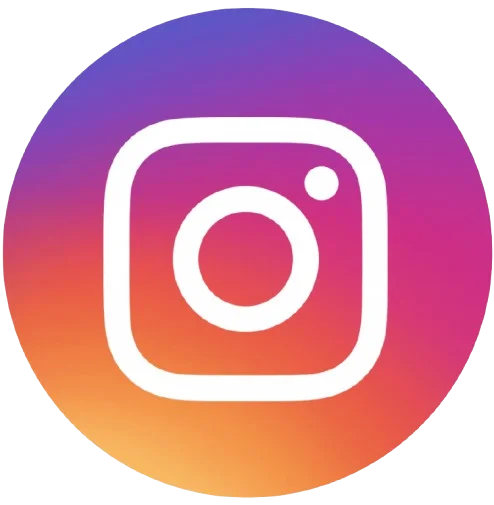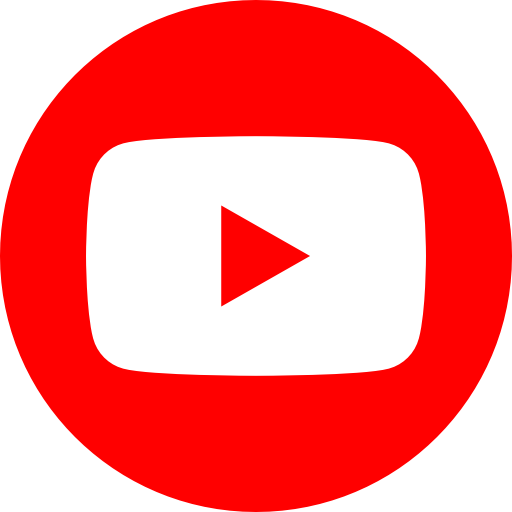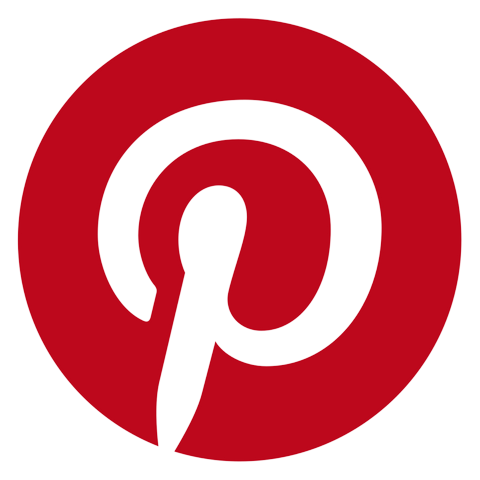Table of Contents
Effective rules or strategies for interconnecting pages within a website are internal linking best practices. These practices help to build a website’s authority and increase the visibility of search results.
When you enter a shopping mall, you must have seen a lot of racks of different products of the same categories. Suppose you will go to the Florida beach the next week, so you need to buy a swimsuit to go to the beach. In the shopping mall, when you have picked the swimsuit from Rack No: 3.
Then the Sales Associate comes to you and casually knows about your beach trip. After listening that you are going for a beach trip, the Associate mentioned that you may have a bug spay on Florida beach. Because there are a lot of bugs in there, without having a spray, you can’t stray there in comfy. So you can check our best bug spray at Rack No: 9.
Here, the reference from Rack 3 to Rack 9 is an internal linking in terms of the SEO language. For this reference, the users also get helped, the store has increased sales, and the mall has built a strong authority in your mind. The internal linking strategies work the same way, Page A refers to Page B, and Page B refers to Page A/Page C.
9 Internal Linking Best Practices to Apply in 2024
Internal links help users and crawlers better find new and existing website pages. An SEO professional might have seen a lot of changes in SEO Marketing after the Google March Update 2024. After this update, many ranked web pages have been removed from Google’s search results.
So we must be careful about the authenticity and transparency of the SEO for our website. Interlinking is one of the most important parts of the overall SEO on the site. You must have to know the updated rules and best practices of internal linking.
1. Internal Link Anchor Text Optimization
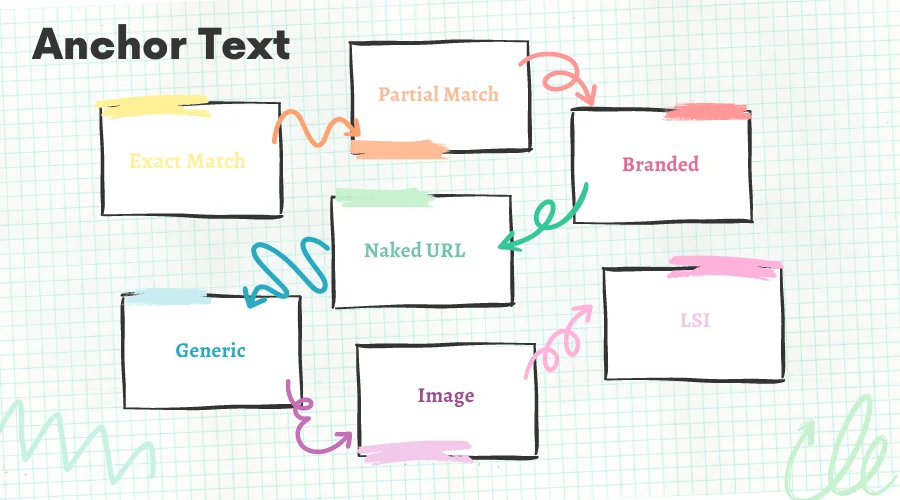
The first practice of all is that you have to add internal links with the perfect anchor text. Because the anchor text is like a cover of your products. Users, or a Googlebot can understand what is inside the link by the anchor text, what you have added here.
There are 8 types of anchor text in SEO, such as Exact Match, Partial Match, Branded, Naked URL, Generic, Image, Long Tail, and LSI (Latent Semantic Indexing). You have to use it based on your preference and appropriateness.
Graphics Cycle doesn’t recommend using Naked URLs, and Generic anchor text for internal links. Because Naked URL anchors aren’t readable, and Generic anchor text requires reading the surroundings of the link.
Using exact match keywords, partial match keywords, or LSI as anchor text is the best way to optimize internal links. Because anyone can easily understand what is inside the links by seeing these texts.
2. Maintain Page Relevancy
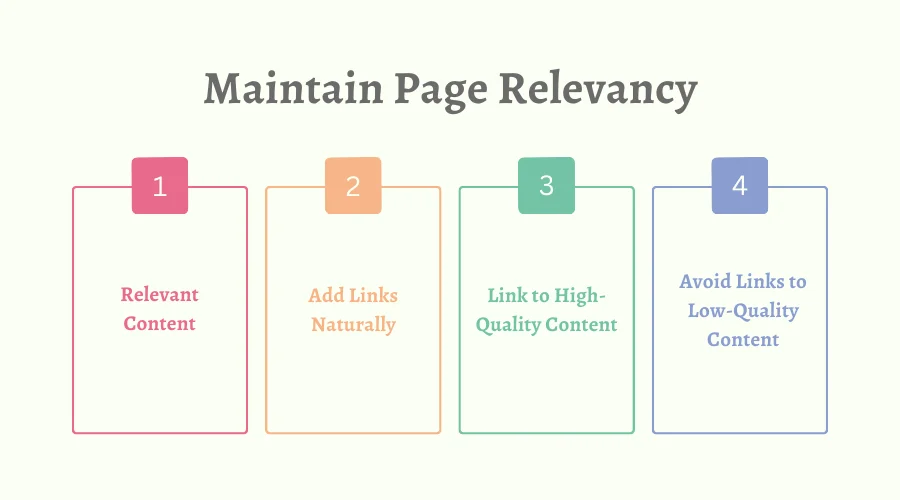
The second of our internal linking best practices is maintaining page relevancy. If your internal links aren’t relevant, then the crawler bot and users will not follow these links. Here are 4 things to keep in mind while interlinking one page with another.
- Relevant Content: Link pages by maintaining the context and value of the target page.
- Add Links Naturally: Integrate links into content without affecting readability.
- Link to High-Quality Content: Ensure linked pages offer valuable, accurate information.
- Avoid Links to Low-Quality Content: Similarly, avoid linking to low-quality content.
If you follow these four things, you can maintain links to relevant pages. It doesn’t matter, if your links are internal or external, relevancy is a must to keep the quality. So that you can gain trust and build authority.
3. Understand User’s Psychology
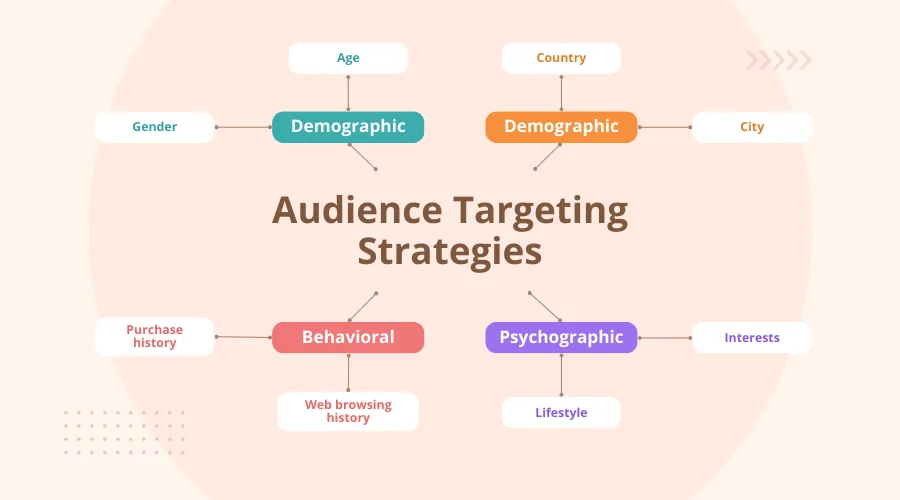
You are creating content for your target audience, so it is crucial to understand their psychology. You can link pages to the right place if you can identify their needs, behavior, and emotions. So, to get more page views and click on related pages, you have to understand the user’s psychology.
Sometimes you may use synonyms, alter phrases, related keywords, LSI, or partial match keywords, to get more clicks on internal links. However, people will click those links that are most relevant and useful to them. If they have found value in your content, then they will visit more pages. So, finally, connect with your audience, and solve their issues, they will be with you.
4. Create an Effective Internal Linking Structure
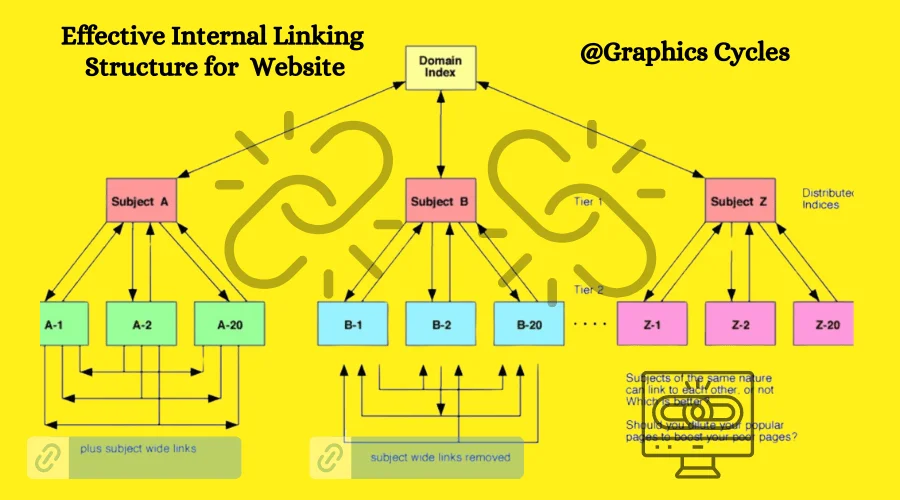
In December 2023, Graphics Cycle had a marketing service subscriber client called, Emily. She wanted to expand her online presence. Also, determined to make her websites user-friendly and improve search engine visibility. We did an effective internal linking structure to increase the organic traffic and it worked well. Let’s see what we have done for Emily’s website to rank higher on the search engine.
First, we built the internal link-building strategy you have seen in the picture. Implementing this strategy, made navigation smoother for visitors. Also, search engines understand the website’s content and pages better than before. Because it has a well-organized and structured sitemap now. If you want to improve your visibility, you have to adapt internal linking best practices like Emily.
5. Update Existing Pages by Adding Links to New Posts
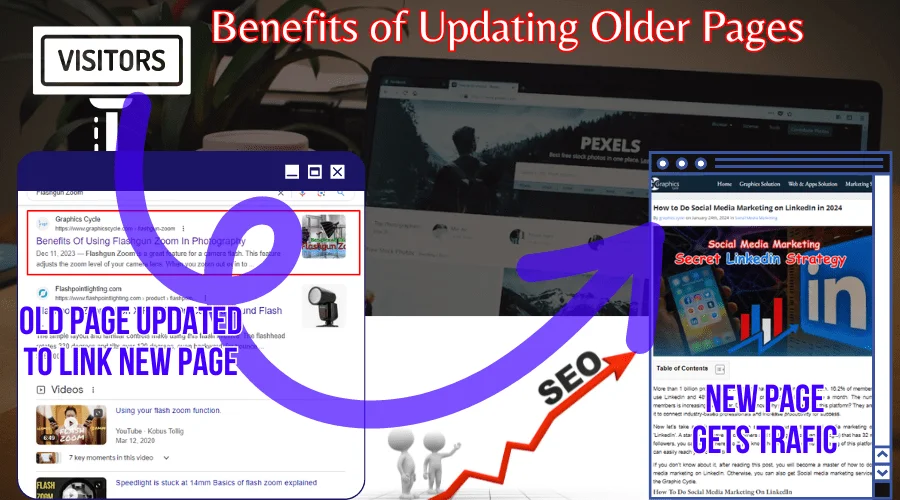
There are two main benefits of updating existing pages by providing links to new posts. The first one is updating, the older content updating is a good practice for your website. The second getting instant traffic to the newer post.
Updating Older Content is a Good Practice
When you add an internal link on your older page to the newer page, that means you have a just covered new topic related to the older topic. So the crawler will increase the value or authenticity of this page. Users will also be helped if they find another solution on the same page.
Get Traffic to the Newer Page
You already have visitors on your order page, when you interlink the new page, visitors will go there. So, you will get ready traffic on your new page. Also, your new page can take the juice pass advantages of the old page. If you don’t know what is link juice and how it works, then continue reading.
6. Take Advantage of Link Juice
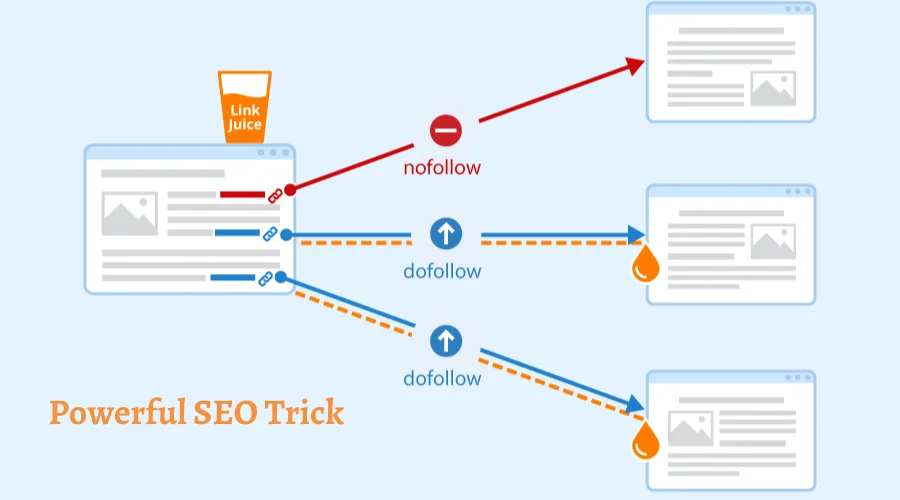
Link juice is a simple but powerful SEO trick, that can help your new pages to rank on search engines and get organic traffic. SEO experts use this trick to enhance the authenticity of new pages. Let me explain the Link Juice, & how to pass it.
Graphic Cycles has a page about the best 8 places to take pictures in Tokyo. Now the page has gained authority on Google by ranking on the first page and getting traffic. Today, we will publish this post about “Internal Linking Best Practices”.
If we make an internal link from the old post to the newest post, the Search Engine bot will notice that we have updated our old content. The crawler will see the new post, because of the internal linking. Then it will consider the new page as a valuable page.
In short, an internal link juice pass means getting a recommendation letter from a valuable page of the same domain. It helps the crawler and users to navigate new pages on your website.
7. Optimize Homepage Links
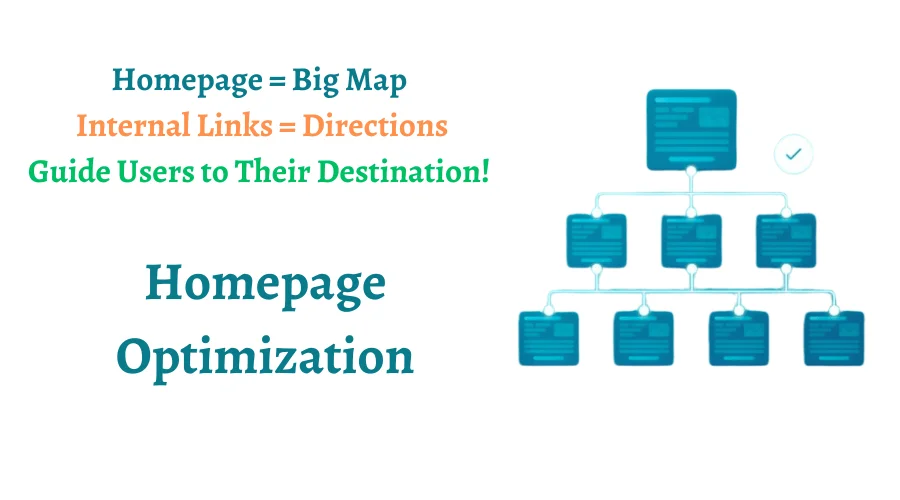
The homepage is the most important and valuable page of any website. So, Homepage SEO is important for every website. Home page optimization requires everything of on-page SEO, including adding internal links.
Homepage internal links are a bit tricky because people start their journey from this page on your website. This page is like a big map, Crawler/Users will follow your direction from this starting point. If you can provide the right direction (linking) then they will find your destination.
Keep things clear and easy to find any information on your homepage, so that anyone can go anywhere from the main page. Include important internal links such as product/service pages at the top of the page. Then you can include different buttons for different pages with proper call to action. Besides the products or service pages, adding blog pages is also an internal linking best practice.
8. Avoid Too Much Internal Linking
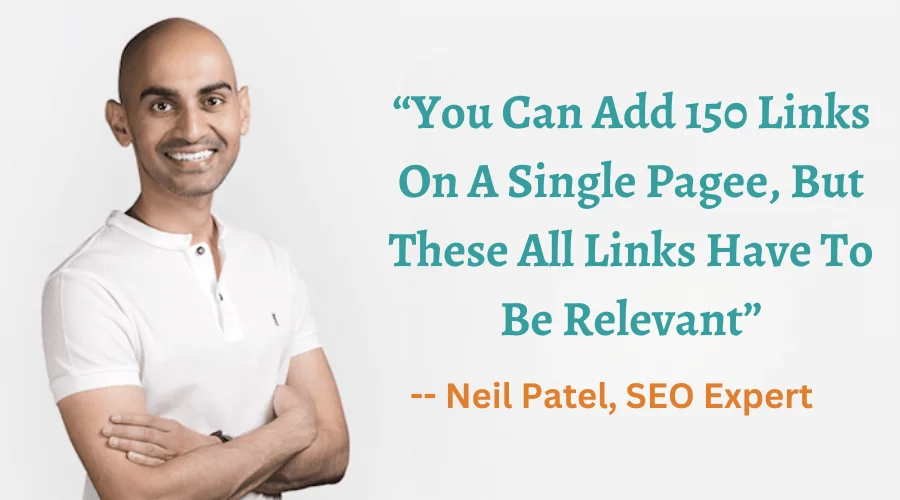
Most Famous SEO Expert Neil Patel said that you can add 150 links on a single page, but these all links have to be relevant. In reality, you can rarely add 150 links to a single page naturally, so it will look like spammy content. That’s why adding too many links is not recommended by the Graphics Cycle SEO team.
In general, we add 3-20 internal links and the same external links for 1000–3000 words of content. But it depends on the article, and relevant pages available on the website. Never push links on it, just place natural links where it is suitable.
9. Track Internal Link Performance
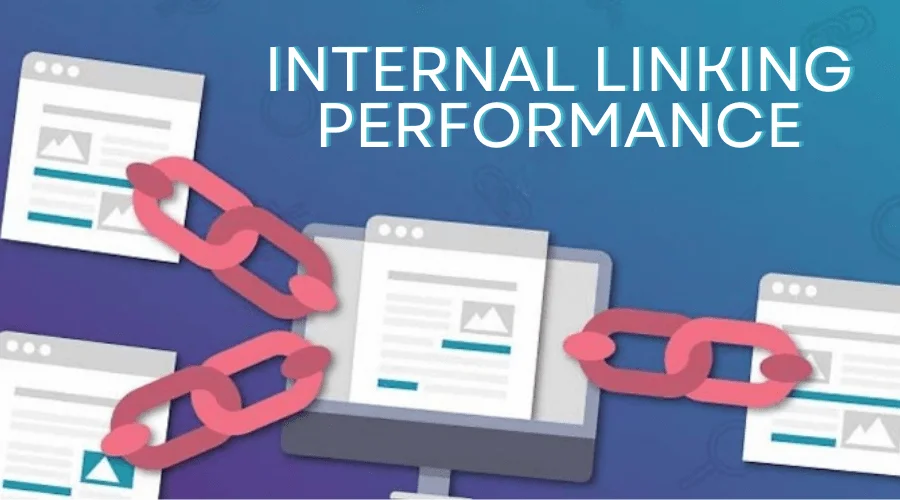
Tracking internal linking performance is the 9th of our internal linking best practices. It is a crucial part of the best internal link optimization. Because you can see the audience’s interaction and actions with the internal link.
Screaming Frog is an SEO tool that can help you get insights into the website’s internal link metrics. This software is available on Windows, Mac, and Linux, you just need to install it. Also, Google Analytics can help you to explore how internal links performing on your website.
By getting insight data from tools like Google Analytics, or any special software, you can improve your internal links. Shortlist those links which are not performing well, then improve these links. So keeping track of records is essential for a website or a business.
Final Thoughts | Internal Linking Best Practices
Here you have found 9 internal linking best practices that can help to increase your website’s page views. Remember that you have to follow all of these practices to get effective results. From building a strategy for internal linking to observing link performance, every step is crucial.
So, if you miss out on any one of them, you might not get the expected result. However, besides the internal linking, there are a lot of factors to rank your site on search engines. Without having a professional SEO expert or a team, you will not build your SEO or internal linking strategy.
Graphics Cycle has an expert SEO team with more than 8 years of experience. So, if you want to get a FREE SEO Audit Report for your website, feel free to contact us.
Don’t Miss Out | Latest Content
10 Easy Steps How to Build a Successful Startup
Frequently Asked Questions
What is an internal linking strategy?
An internal linking strategy means linking the internal pages of a website strategically. Strategic linking improves website authority and increases page views of the website. Also, it helps the crawler to understand the relationships between different pages on a website.
Are internal links good for SEO?
Yes, internal links are beneficial for SEO for various reasons. It helps search engines distribute page authority and index new pages. Tier-based internal linking structure helps to understand the power of different pages and rank them based on this structure.
Additionally, internal links provide users with more pathways to explore content. This pathway can enhance user experience and increase time spent on the site.
What are internal linkages examples?
Here are a few types of and uses of internal links in a website:
- Navigation menus link to important sections or categories of the website.
- Contextual links within blog posts or articles that point to related or relevant content.
- Related posts or recommended articles sections at the end of a blog post.
- Links within product descriptions that direct users to other relevant products or categories.
- Links from the homepage to important landing pages or cornerstone content.




